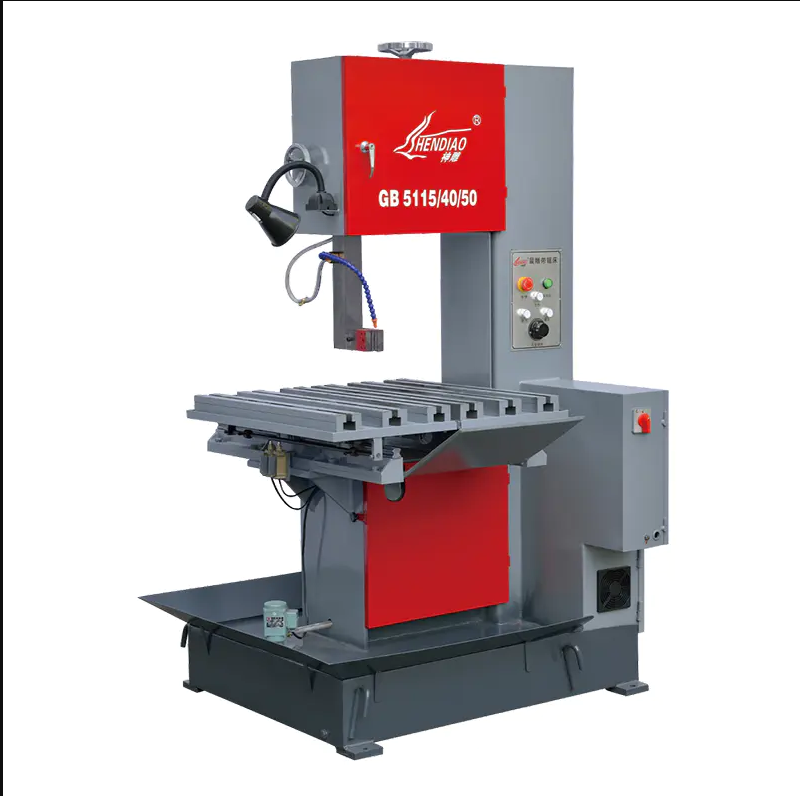The stability of a Metal Cutting Band Saw Machine is a critical factor that determines cutting accuracy, efficiency, and operator safety. Without proper stability, the machine may produce irregular cuts, excessive vibration, and accelerated wear on blades and components. Stability is not a single design attribute but rather the result of a combination of structural, mechanical, and operational considerations.
Structural Rigidity as the Foundation
The machine’s frame and base form the foundation of its stability. A rigid, vibration-resistant structure minimizes movement during operation, even under heavy loads or when cutting hard metals. Manufacturers typically use cast iron or heavy-duty steel to build the main body, ensuring durability and the ability to absorb shock forces generated during sawing. Any compromise in structural rigidity directly impacts cutting precision.
Role of Blade Tension and Alignment
Blade tension and alignment are equally important for stable cutting. An improperly tensioned blade may deviate from its path, creating uneven surfaces and increasing the risk of breakage. Precision alignment systems ensure that the blade runs true, reducing lateral movement and maintaining smooth cutting action. Routine checks and adjustments are necessary to preserve stability over the machine’s lifecycle.
Vibration Control and Damping
Vibration is one of the most common threats to stability. Excessive vibration can stem from an imbalance in rotating parts, improper feed rates, or worn components. To address this, machines are often equipped with damping mechanisms and carefully engineered drive systems. Operators can further reduce vibration by using correct cutting parameters and ensuring that the workpiece is firmly clamped in place.
Importance of Cooling and Lubrication
Stable operation also depends on effective cooling and lubrication. Heat buildup during cutting can cause thermal expansion of the blade, reducing tension and destabilizing the cutting process. Coolants help maintain consistent blade temperature, reduce friction, and flush away chips. Adequate lubrication of moving parts ensures smoother motion, preventing mechanical resistance that could compromise stability.
Operator Practices and Maintenance
No matter how well-designed a machine is, stability must also be maintained through proper use and upkeep. Operators should follow recommended blade speeds and feed rates for each material, avoiding unnecessary strain on the machine. Regular maintenance, including inspection of bearings, guides, and hydraulic systems, ensures that the equipment continues to operate with consistent stability. Preventive maintenance schedules help detect and correct potential issues before they affect performance.
Stability in a band saw machine is achieved through a combination of strong structural design, precise blade control, vibration management, and effective cooling systems. Regular maintenance and skilled operation further ensure reliable performance. By focusing on these aspects, manufacturers and users can maintain stable cutting conditions, extend equipment lifespan, and achieve consistently accurate results across a wide range of applications.
Cutting Range(mm): Φ330■330×330
Blade Specifications(mm): 4115×34×1.1
Feeding Speed: Stepless Speed Control
Saw Blade Speed(m/min): 25.39.56.76
Total Power(kw): 4.79
Fastening Mode: Hydraulic
Overall Size(mm): 2100×2000×1400
